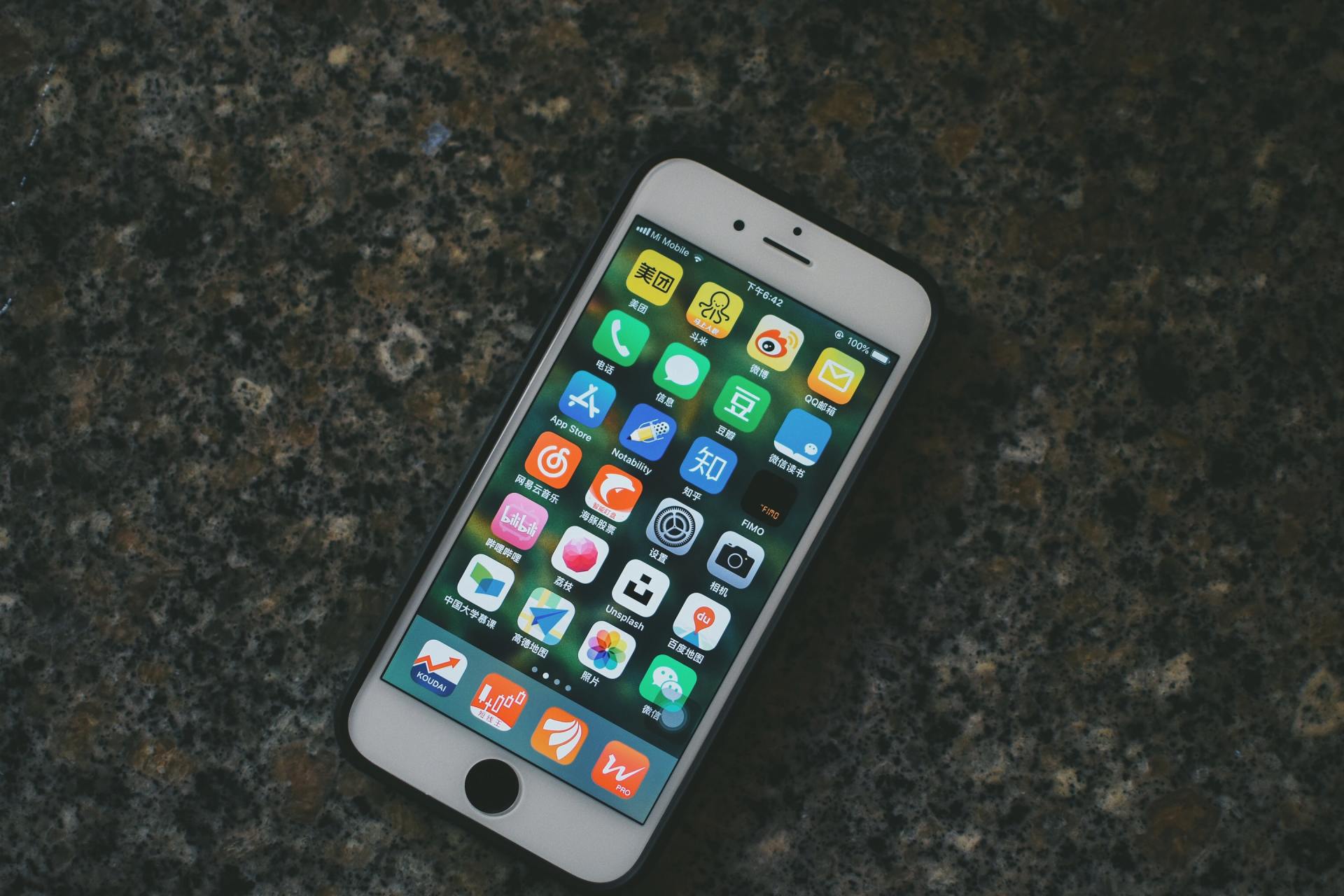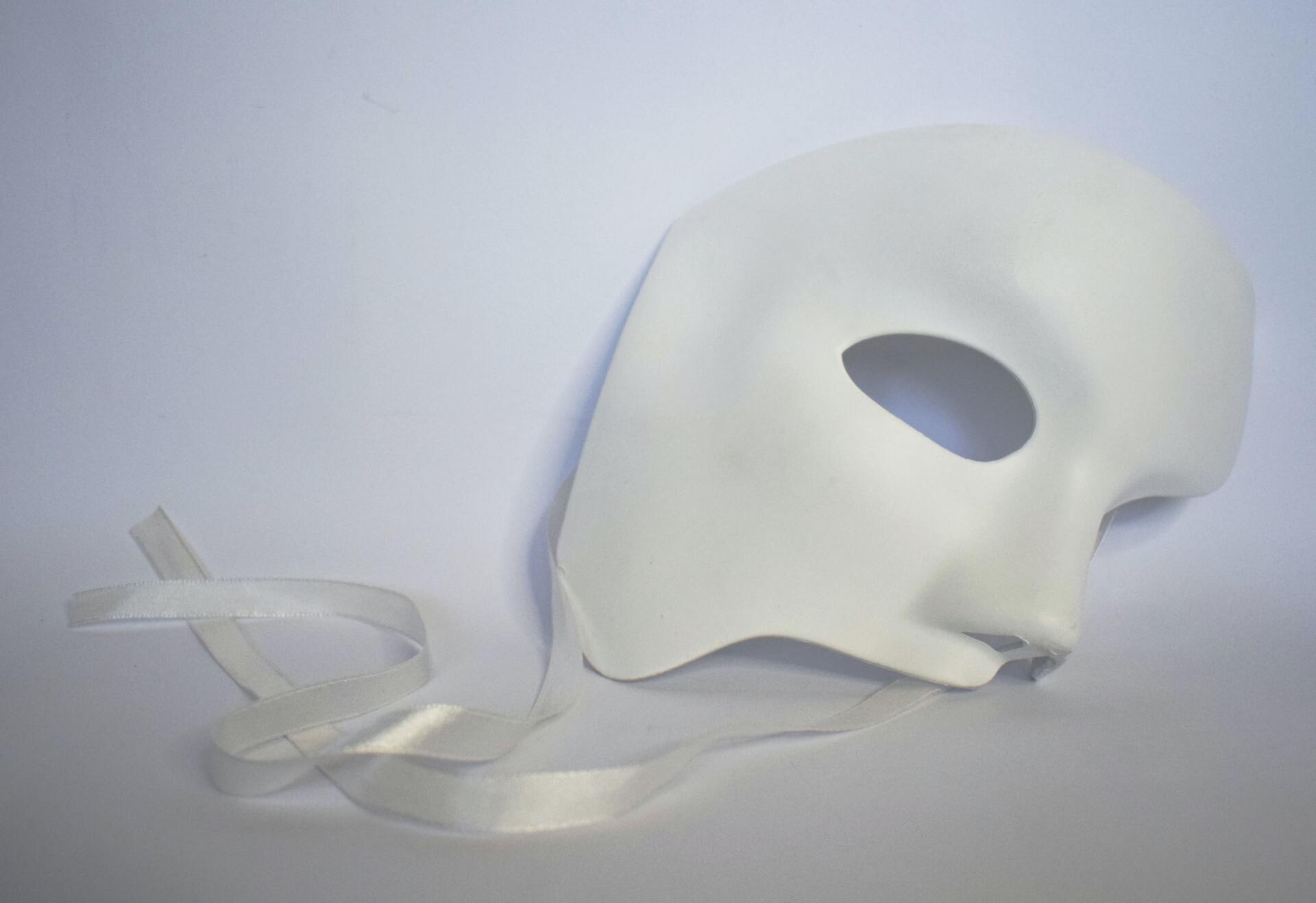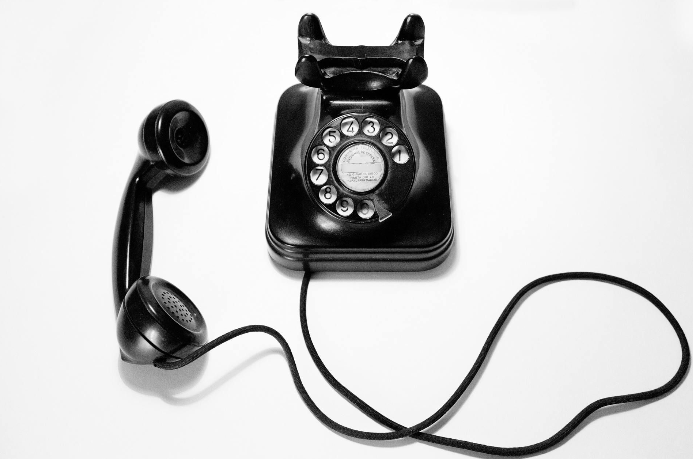As a health care worker, you have probably heard of the term “self-care” before. If you are a mental health practitioner, it is likely that you recommend regular self-care to your patients. One of the most common questions patients ask is, “What is self-care?” and “How can I practice it?” The answer is quite simple. Self-care can be anything one finds enjoyable and relaxing. It does not have to take too much time, and it certainly does not have to be expensive.
Essentially, being part of the healthcare field means that we spend time educating our patients on the positive effects of self-care and the negative effects of anxiety, depression, stress, burnout, etc. We have a clear understanding of the positive impact of self-care on our physical and psychological well-being. Yet, many health care professionals do not practice it as often as we recommend it.
With the recent COVID-19 developments, most healthcare workers have been required to modify the provision of their services in some way. Some of us have transitioned to providing our services strictly online in order to comply with physical distancing requirements and to accommodate the increasing demands for treatment. If you are a psychologist, physician, nurse, social worker, psychotherapist, or another member of the front-line team, the demands placed on you recently have evolved substantially and can be quite difficult to navigate physically and emotionally. As many of us are working much more than usual to meet the increased needs of our patients, we may not be making the time to take good care of ourselves.
Your health and overall well-being is just as important as the health and well-being of your patients. For that reason, I’d like to share some effective self-care tips for you.
Check-in With Yourself
It is very helpful to monitor changes in your sleep, appetite, concentration, tiredness, and irritability. Sudden changes in any of these areas may indicate an increased risk for anxiety and/or depression. By keeping track of your mood changes, thoughts, and feelings you will be better able to recognize when to take a break, if needed, and this may also help prevent burnout.
Maintain healthy exercise and eating habits
Most people tend to neglect physical activity and eating habits when experiencing stress. If this happens to you, you are not alone. It may help to set time aside for exercise, preferably at the same time at least three times per week. It may also help to prepare meals ahead of time. Be sure not to miss your lunch break. At work, try to allow some time to step outside for fresh air, whenever possible.
Stay connected
Staying connected to coworkers and other health care providers is great! But it is also recommended to stay connected to family, friends, and most importantly, yourself. Be sure to call or message your loved ones regularly, as their support is crucial during difficult times. However, also take time to disconnect with devices and others and take time to connect with yourself in the ways you find most beneficial.
Practice Mindfulness
Mindfulness is the psychological practice of focusing one’s attention to the present moment, with a positive attitude, and without judgment. If you spend too much time thinking about the past, you may be more likely to develop depressive symptoms. Similarly, and if you spend too much time thinking about the future, you may be more likely to develop anxiety symptoms. For this reason, focusing only on the present moment of each day has a number of benefits, such as stress relief, improved quality of sleep, improved concentration, increased happiness, and even alleviation of chronic pain.
Progressive Muscle Relaxation (PMR)
You may notice that when you are feeling particularly anxious, your body feels tense. Somatic concerns (e.g., body pain) are often linked to psychological health. Along with paced breathing, you may benefit from relaxing your muscle groups through progressive muscle relaxation (PMR). PMR is a relaxation technique which helps to decrease stress, anxiety, insomnia, and some symptoms of chronic pain.
Practicing PMR involves tensing and relaxing each muscle group throughout the body. As you complete the exercise, focus on your breathing. In particular, focus on the tension you feel when your muscle is tense, and on the relief you feel when it is relaxed. This guided PMR video is a great tool to start with:
What will you start to incorporate into your self-care routine?
Written by: Angela D'Unian, M.Psy., R.P.
Edited/Reviewed by: Dr. Stacy Lekkos, C.Psych.













